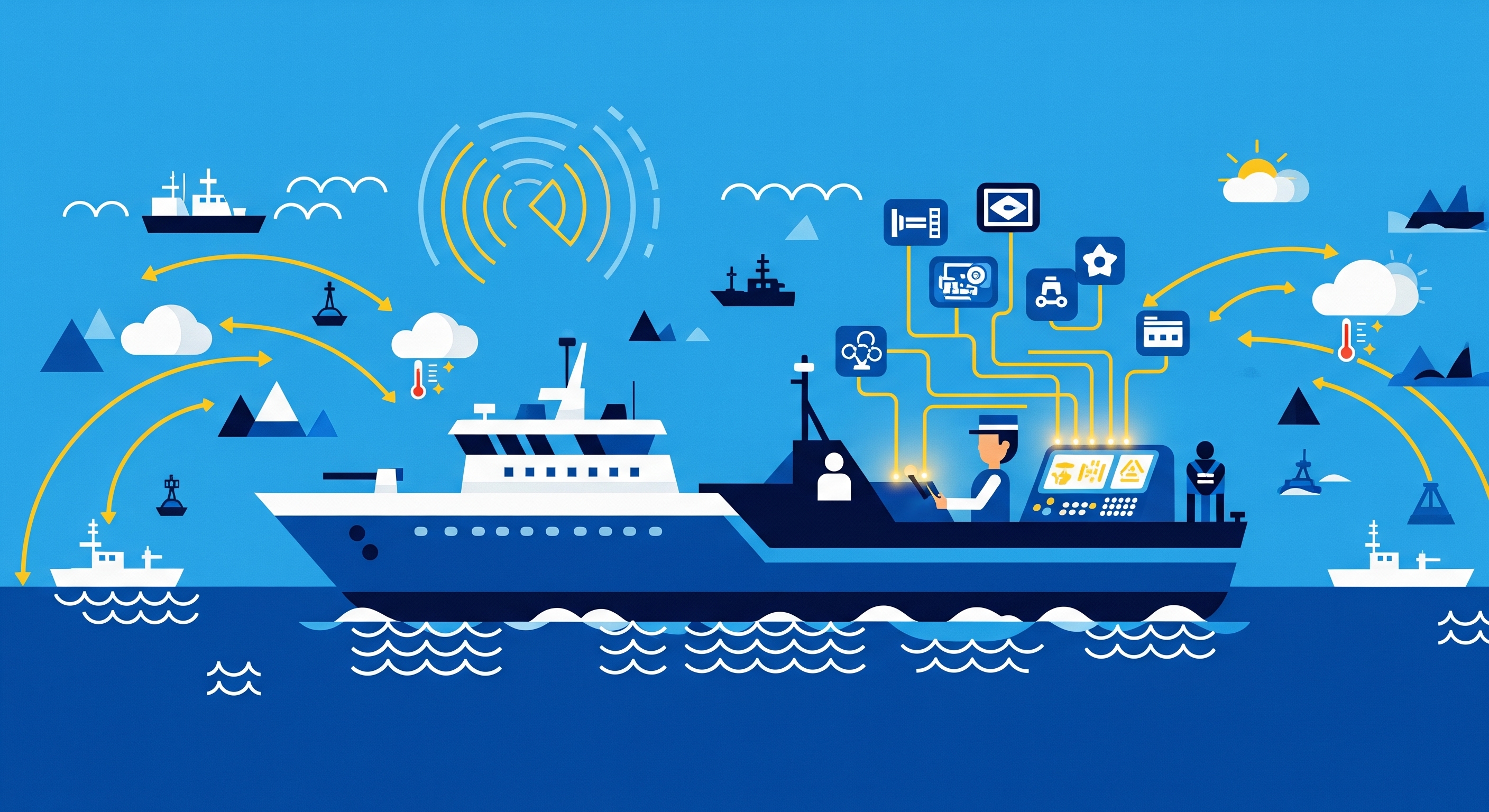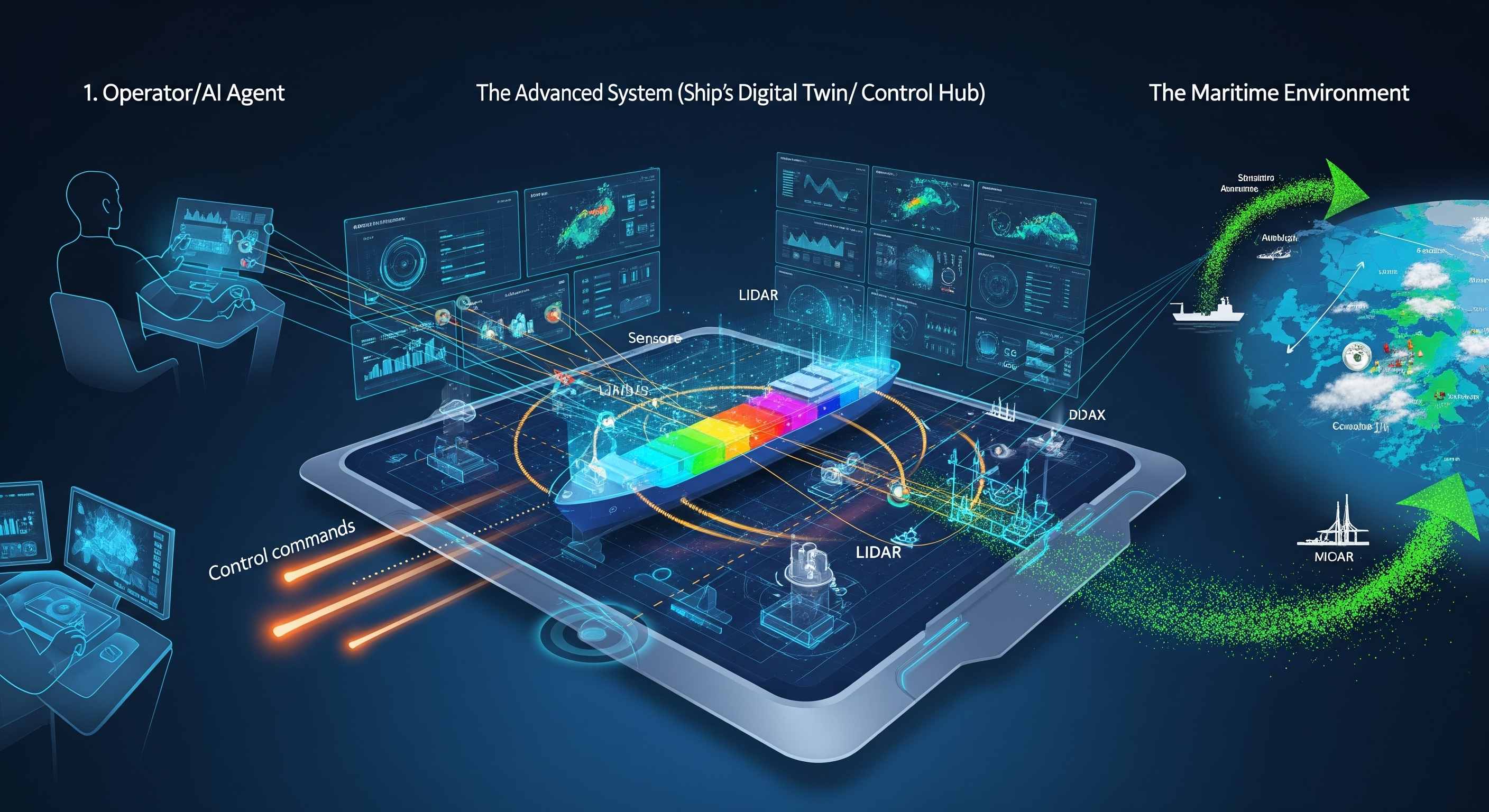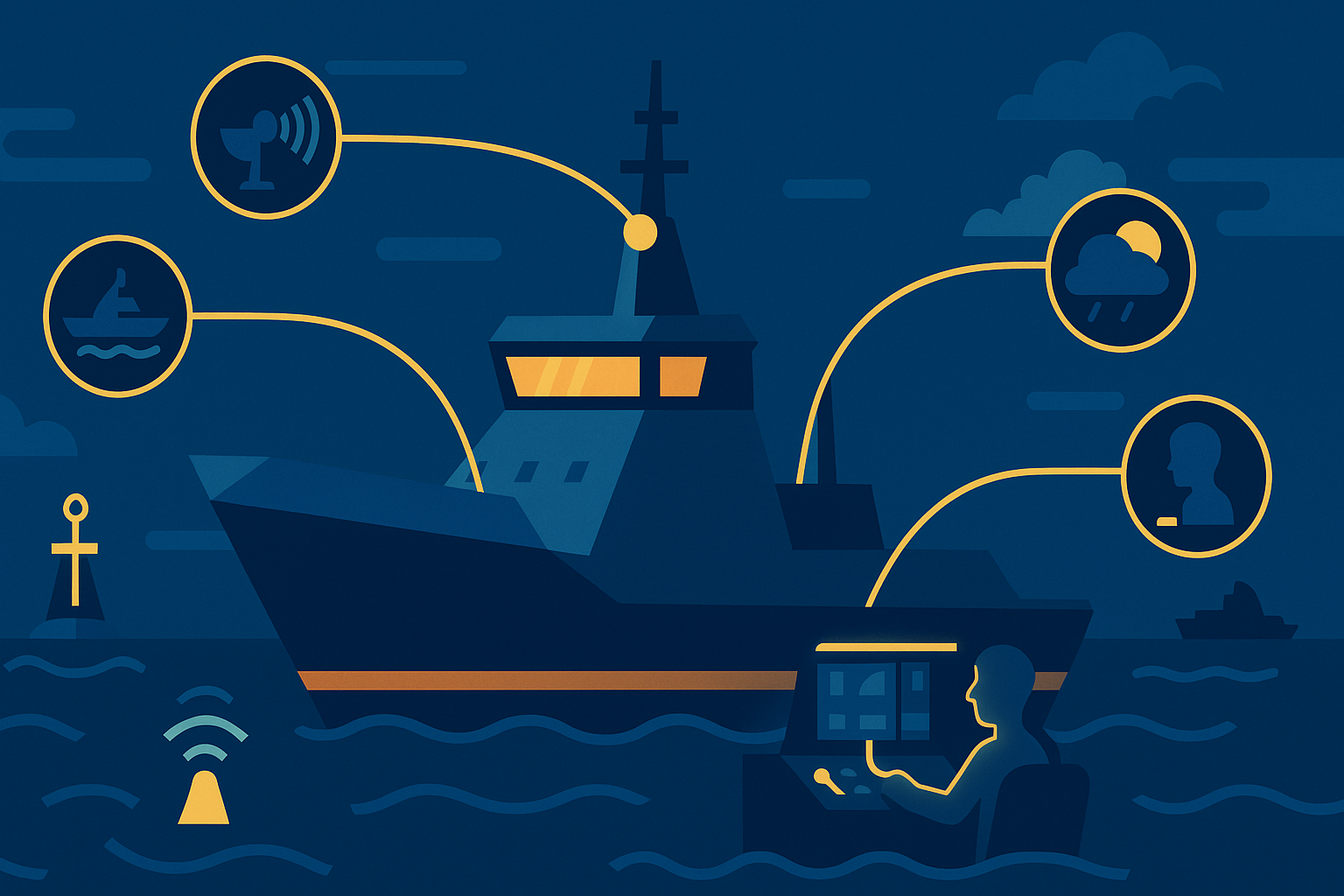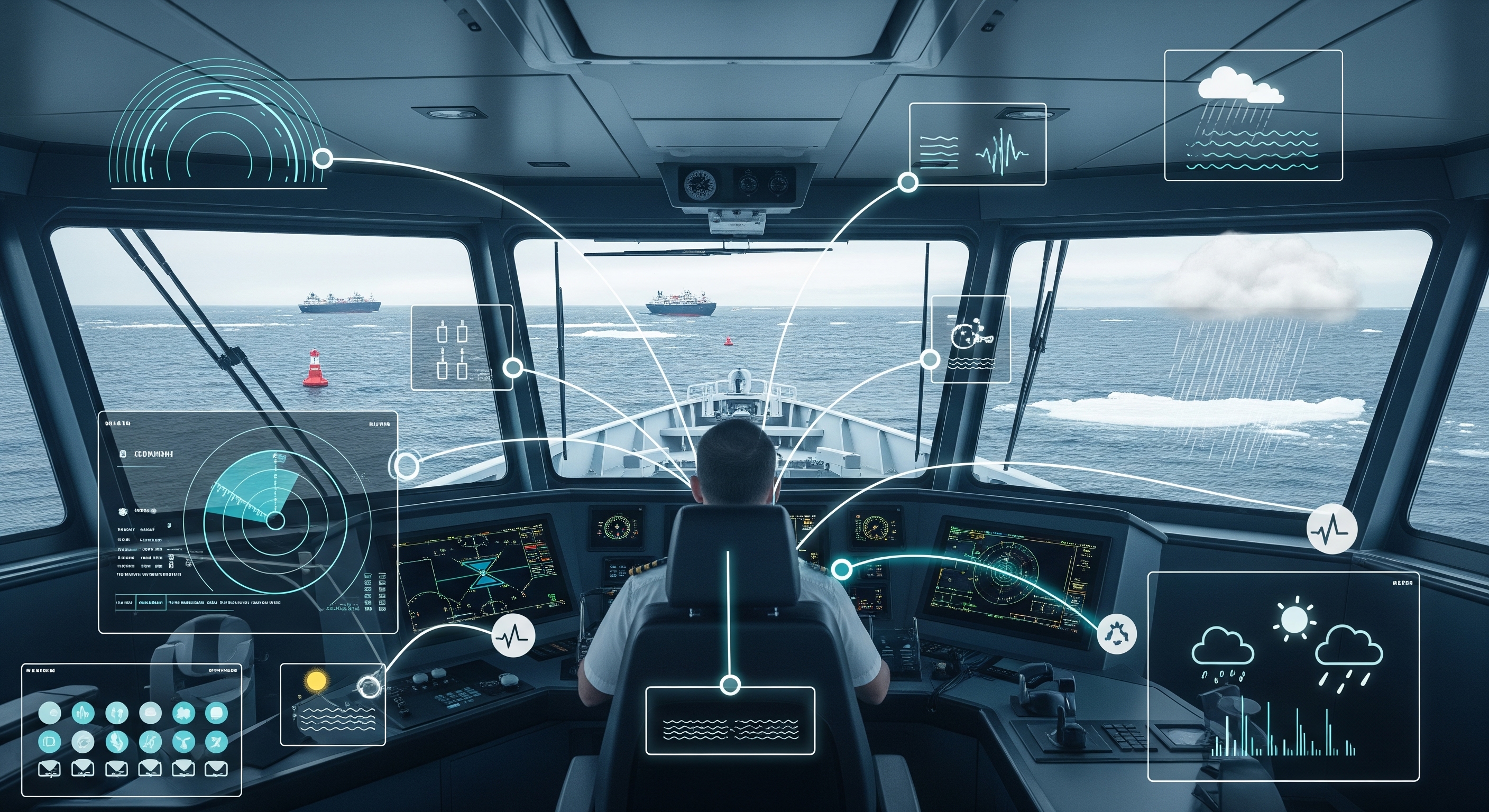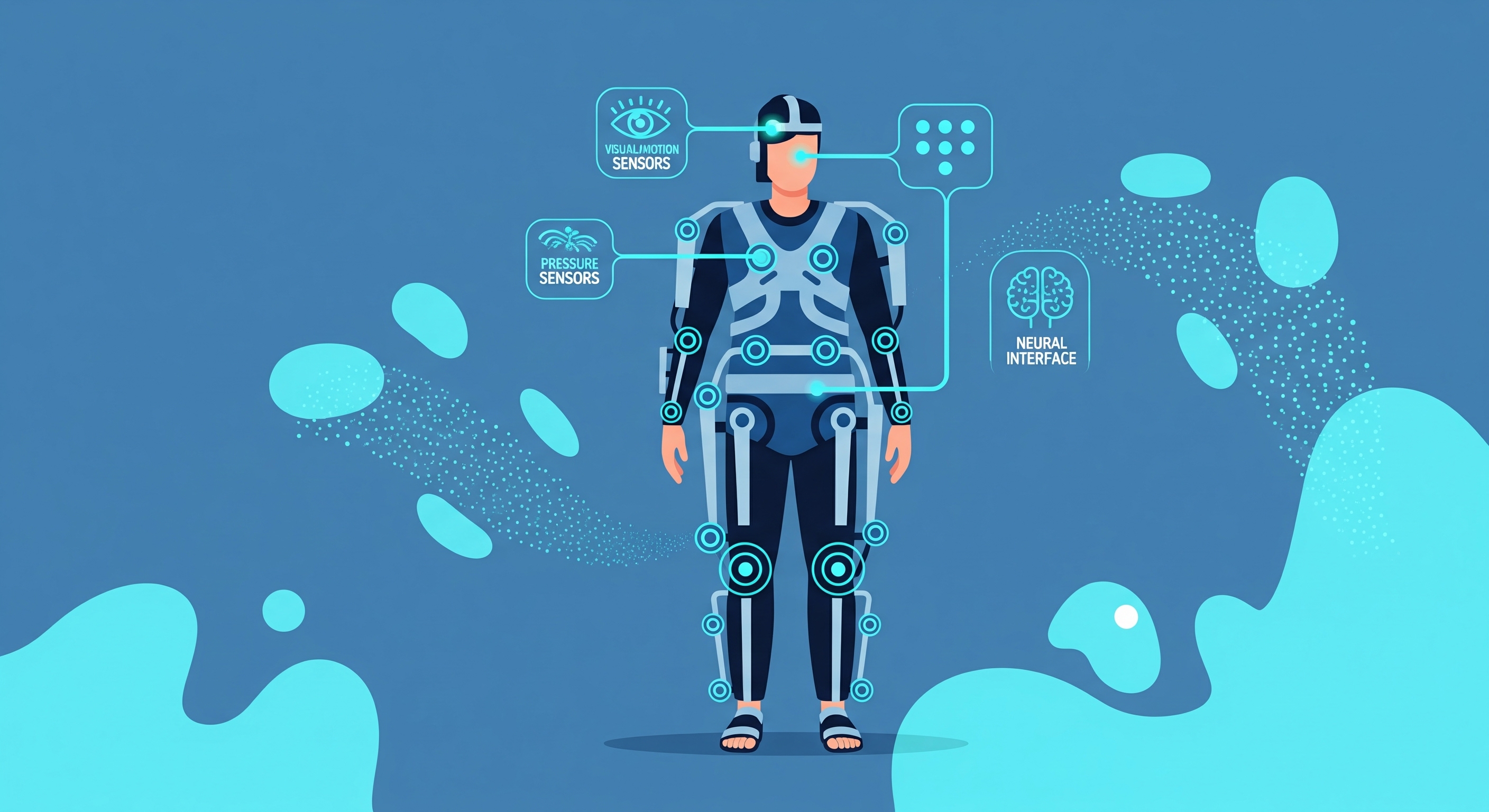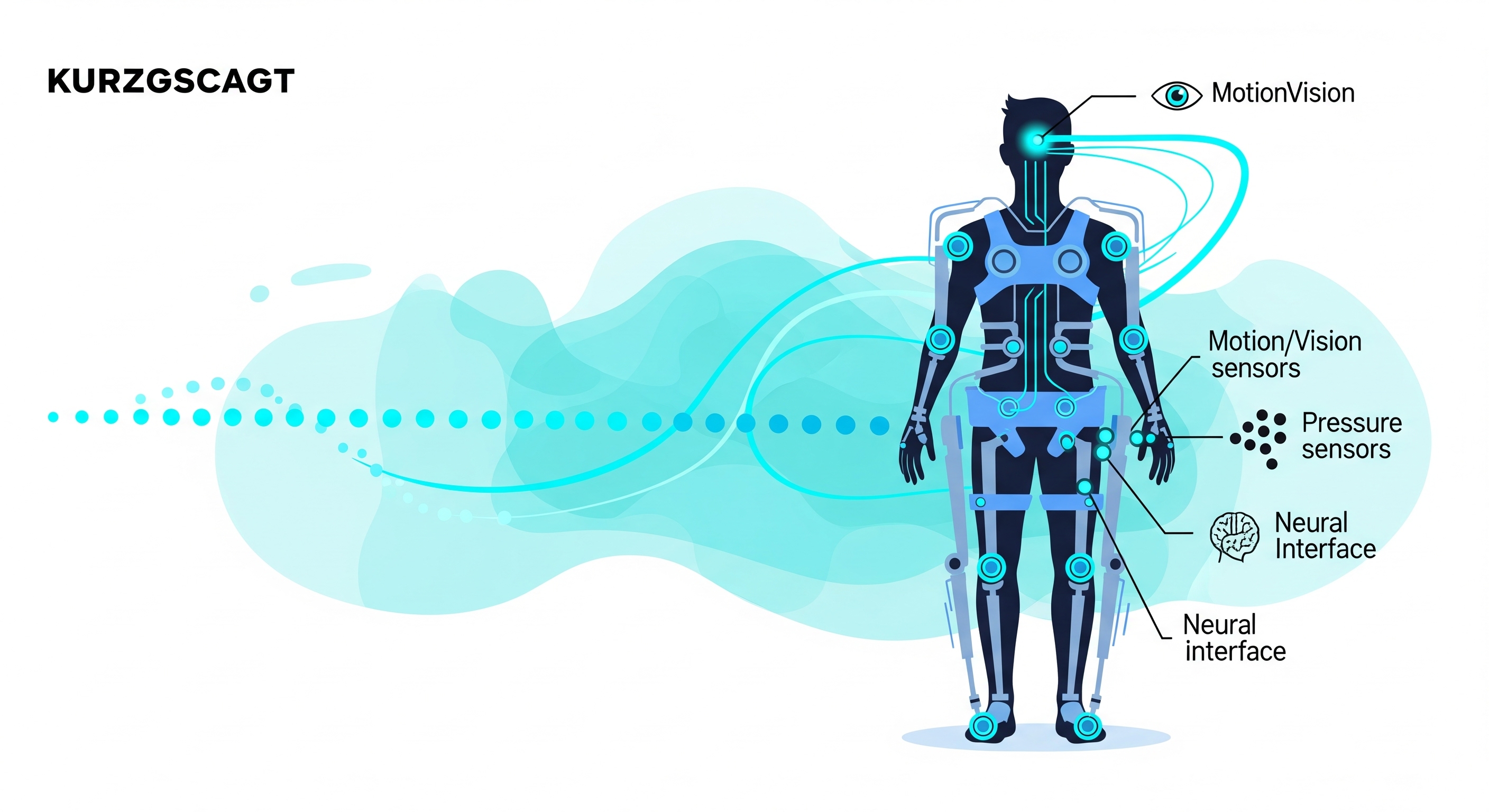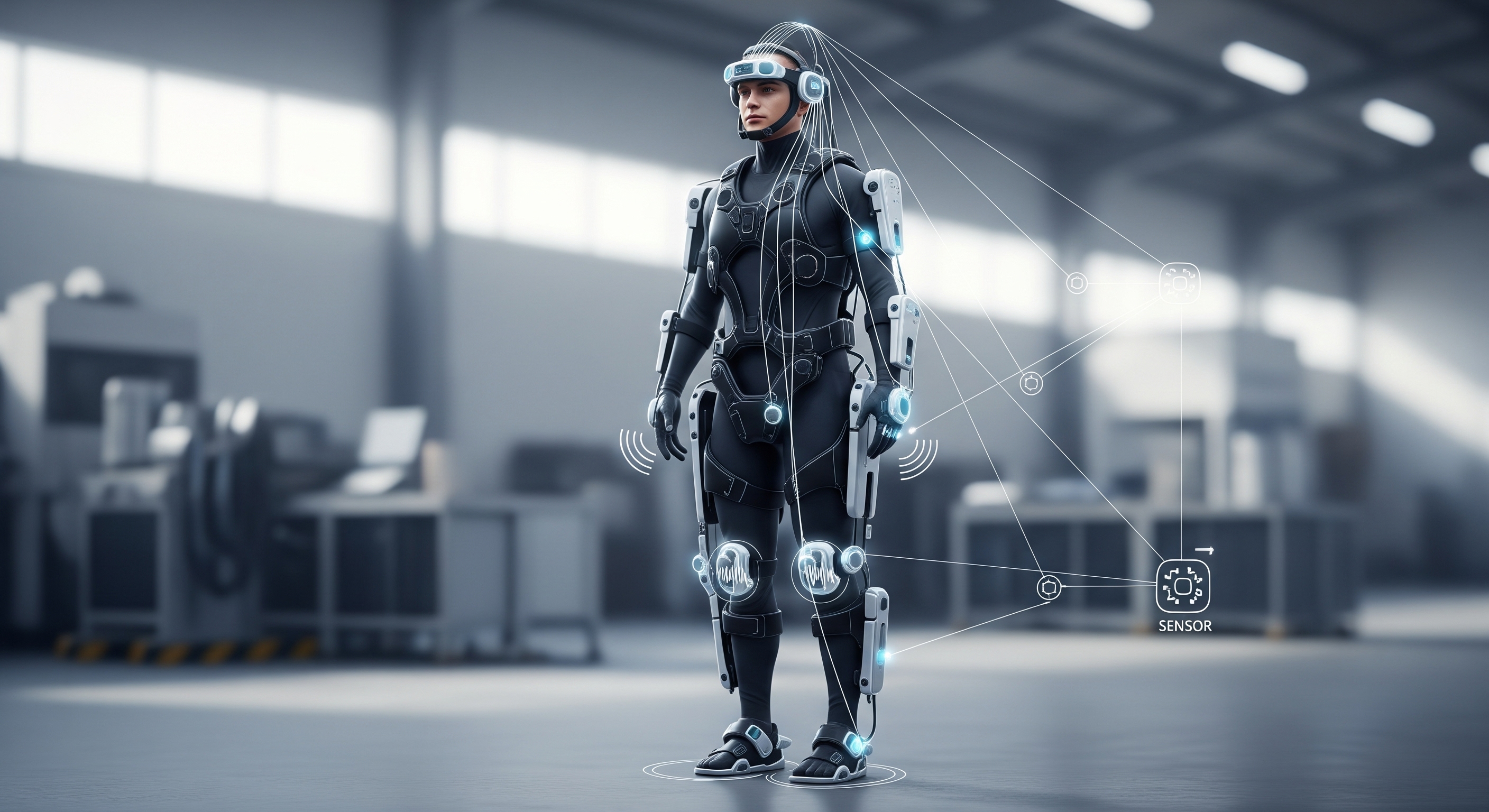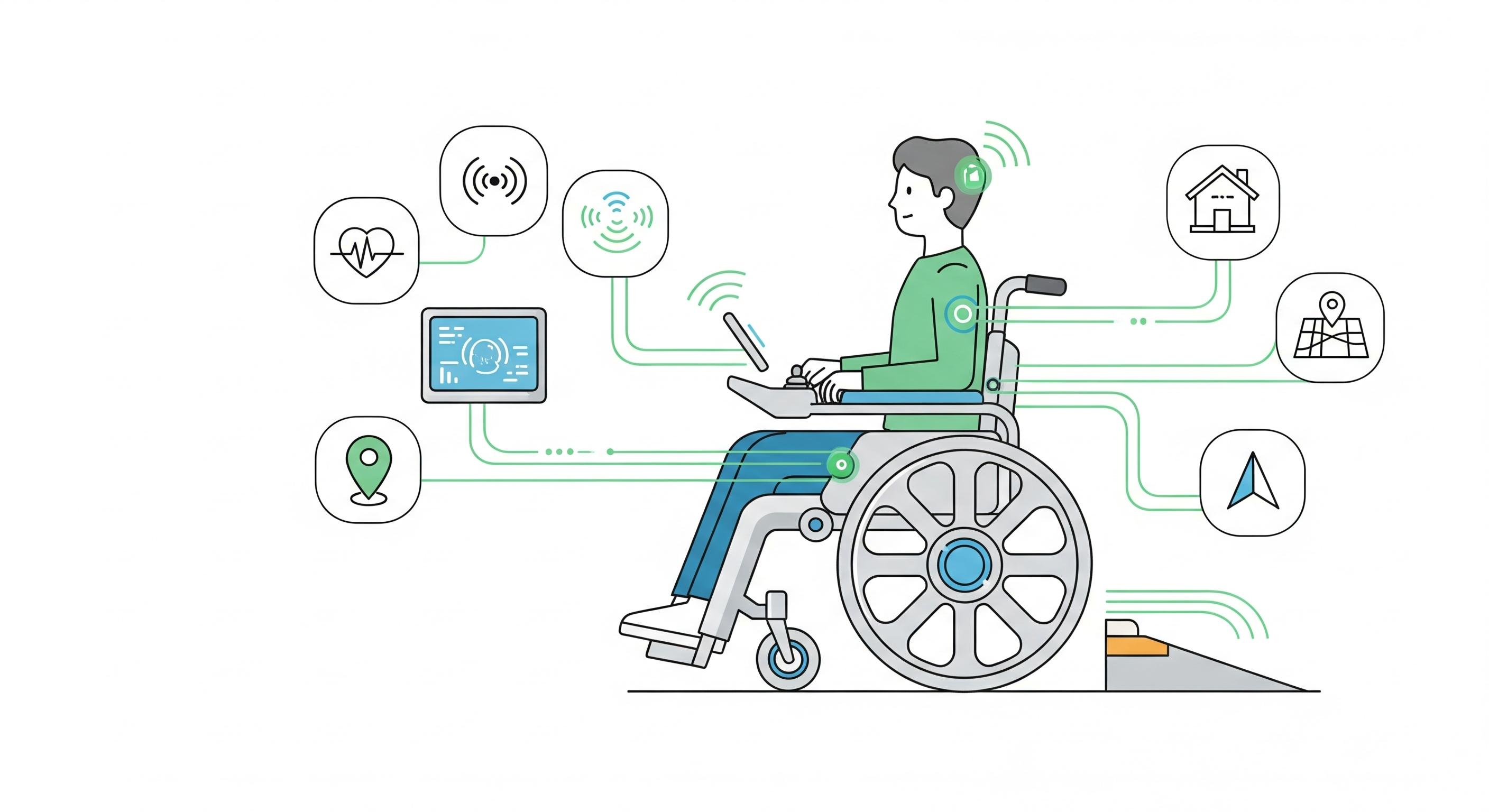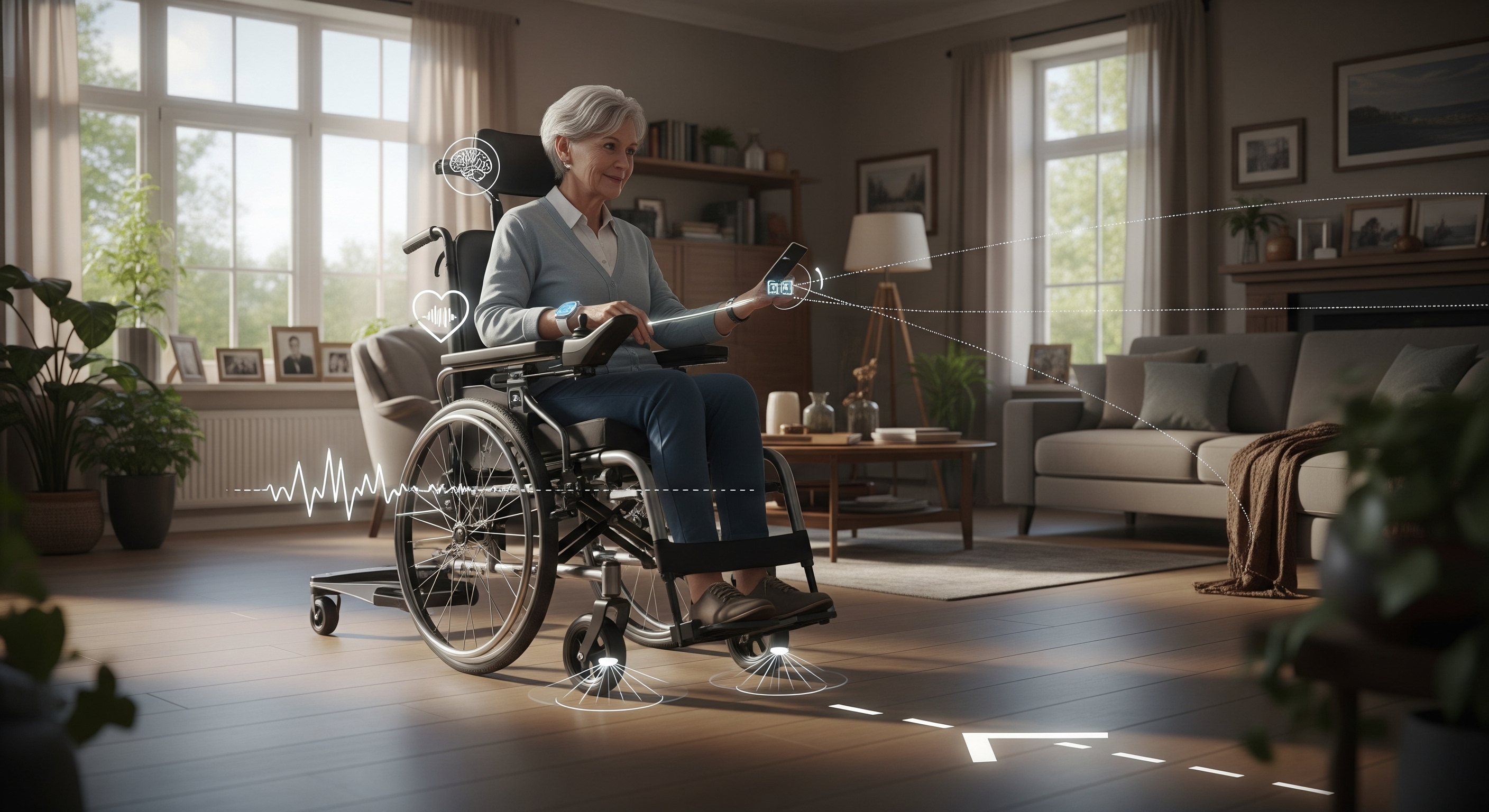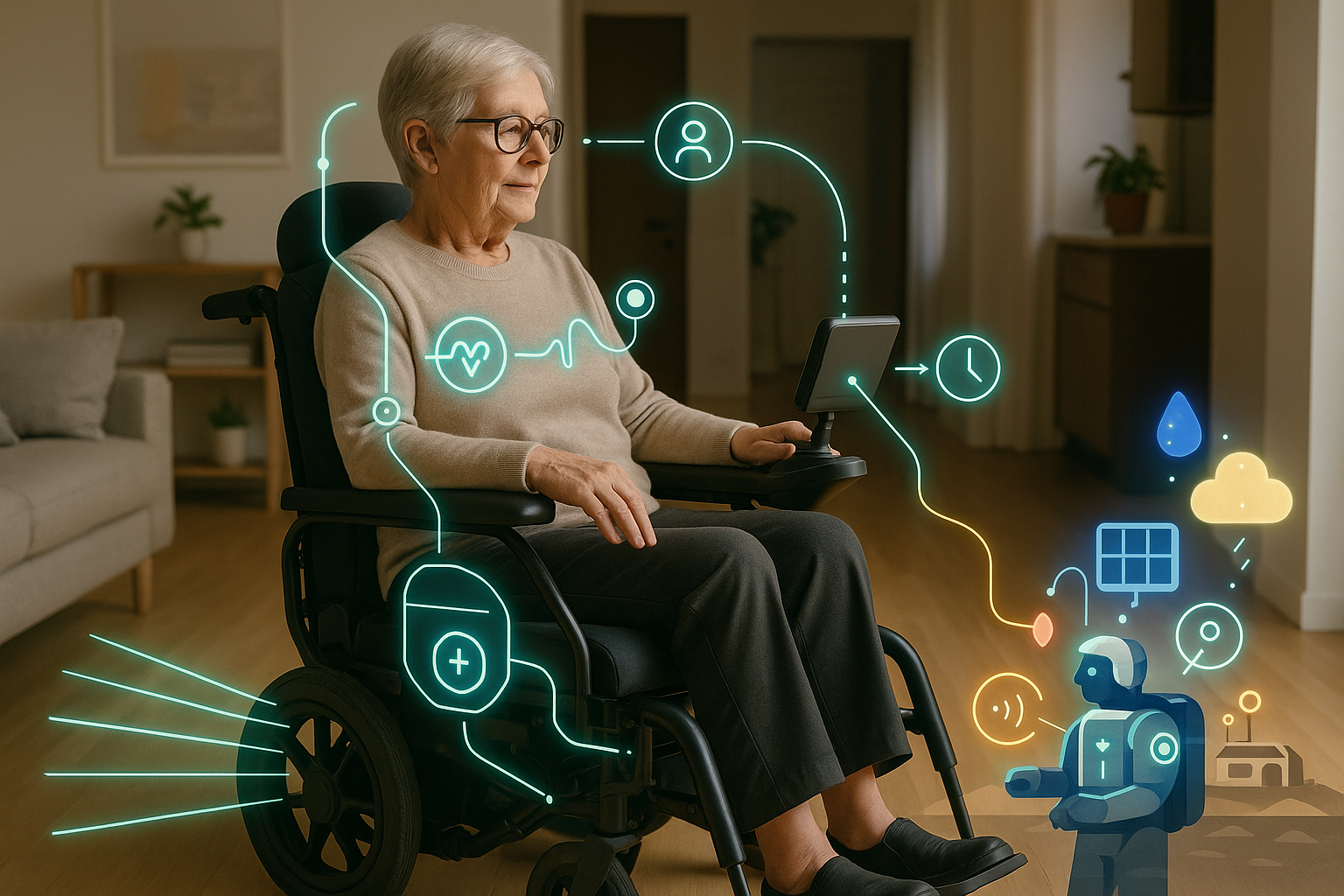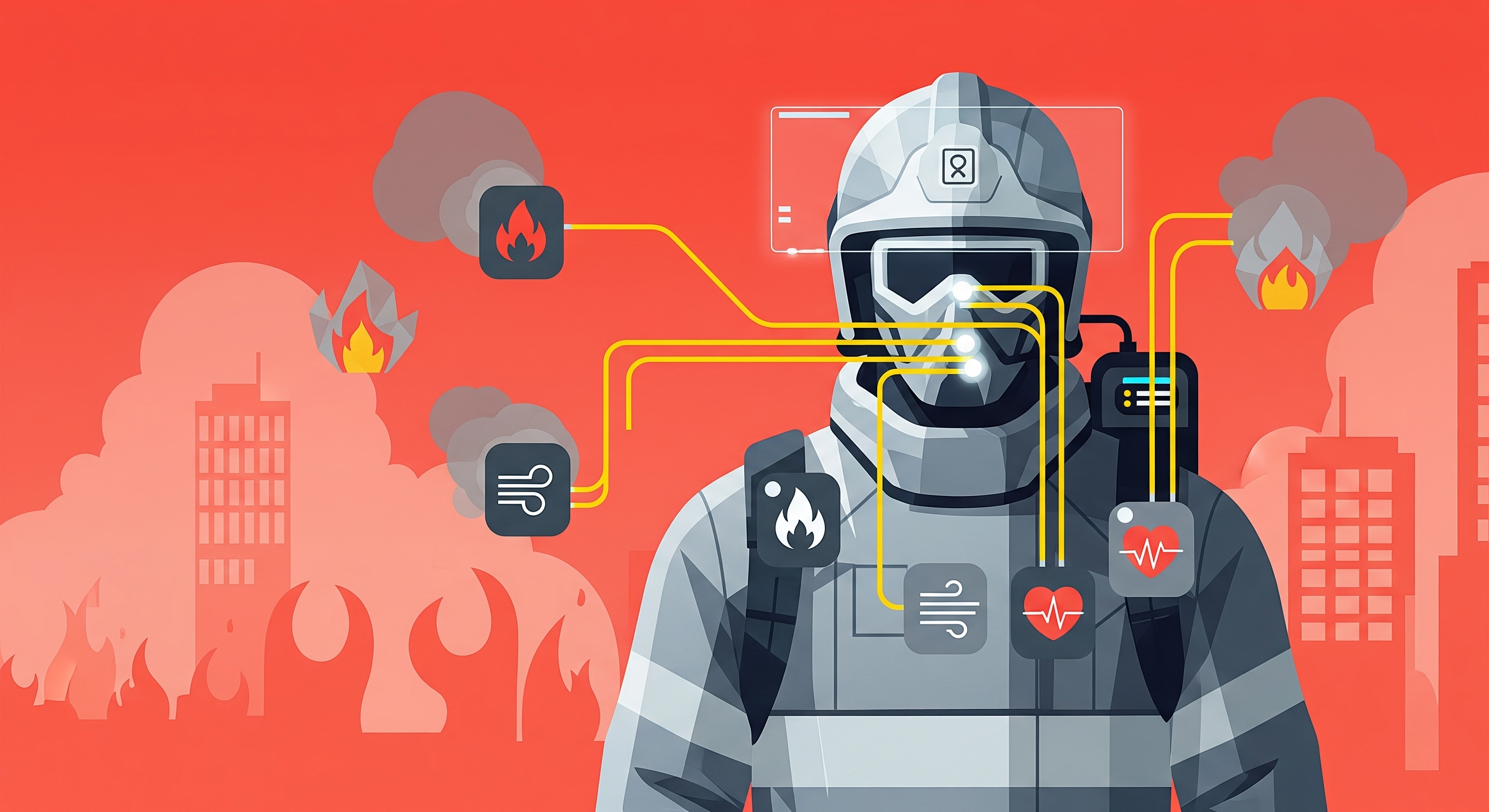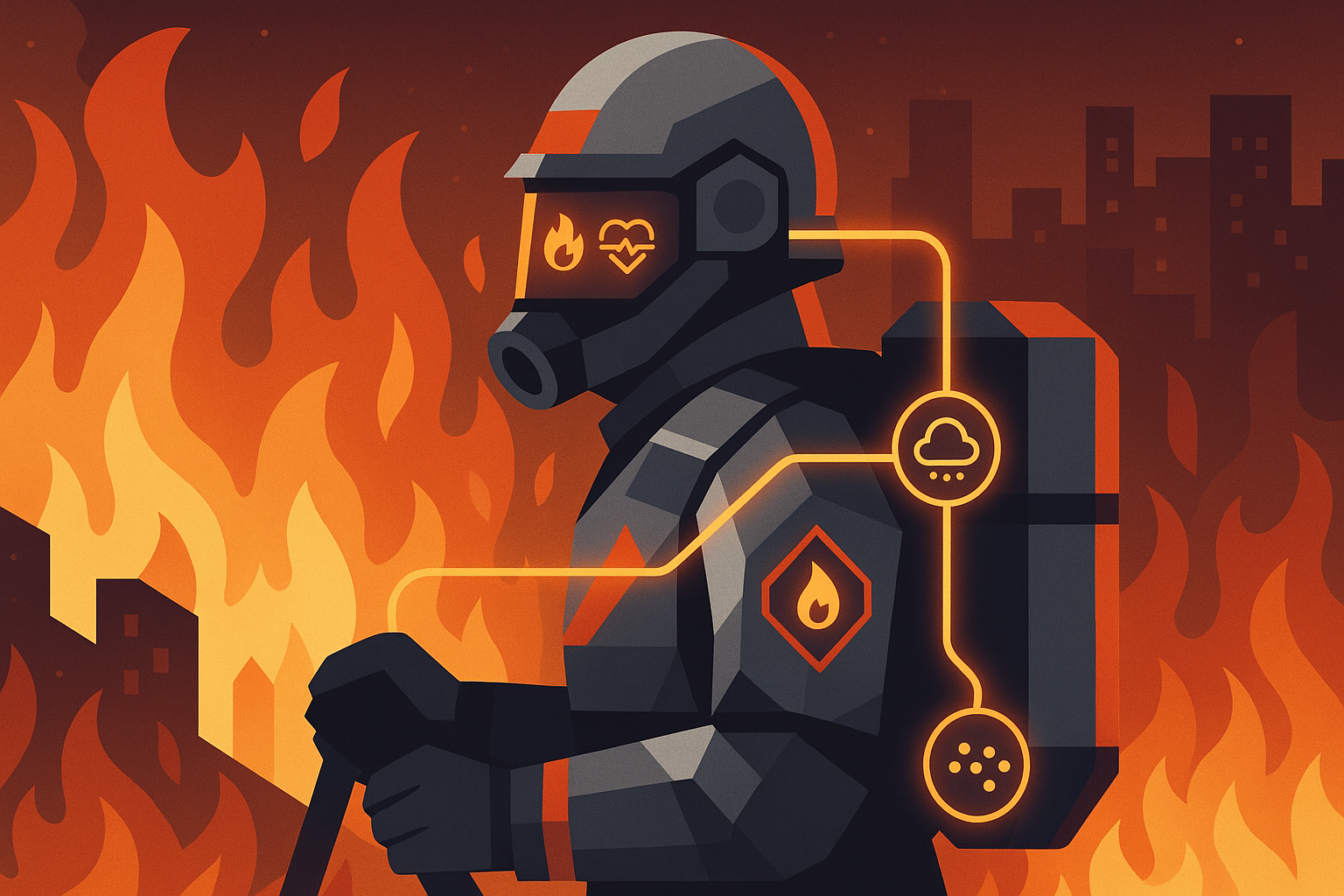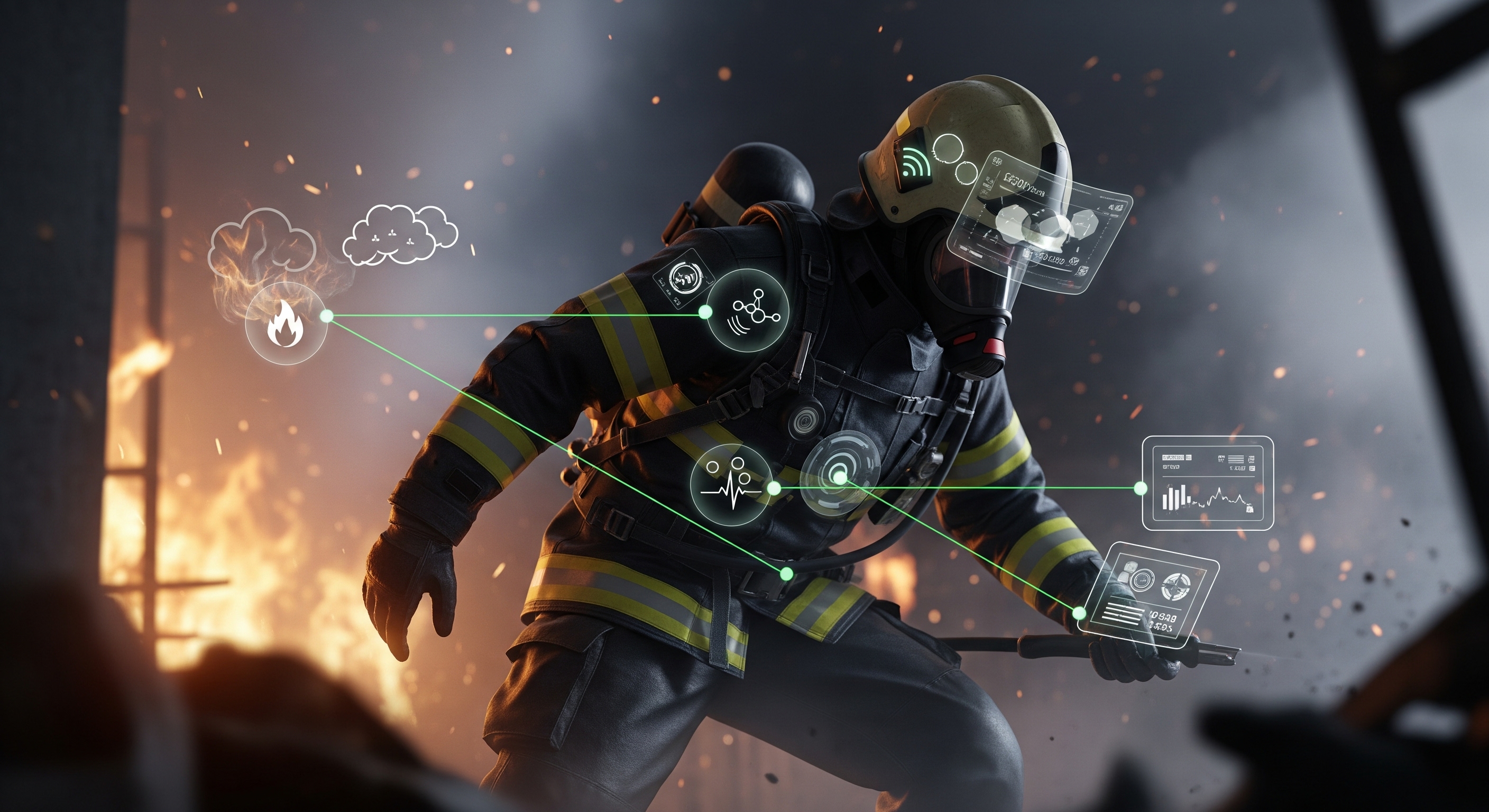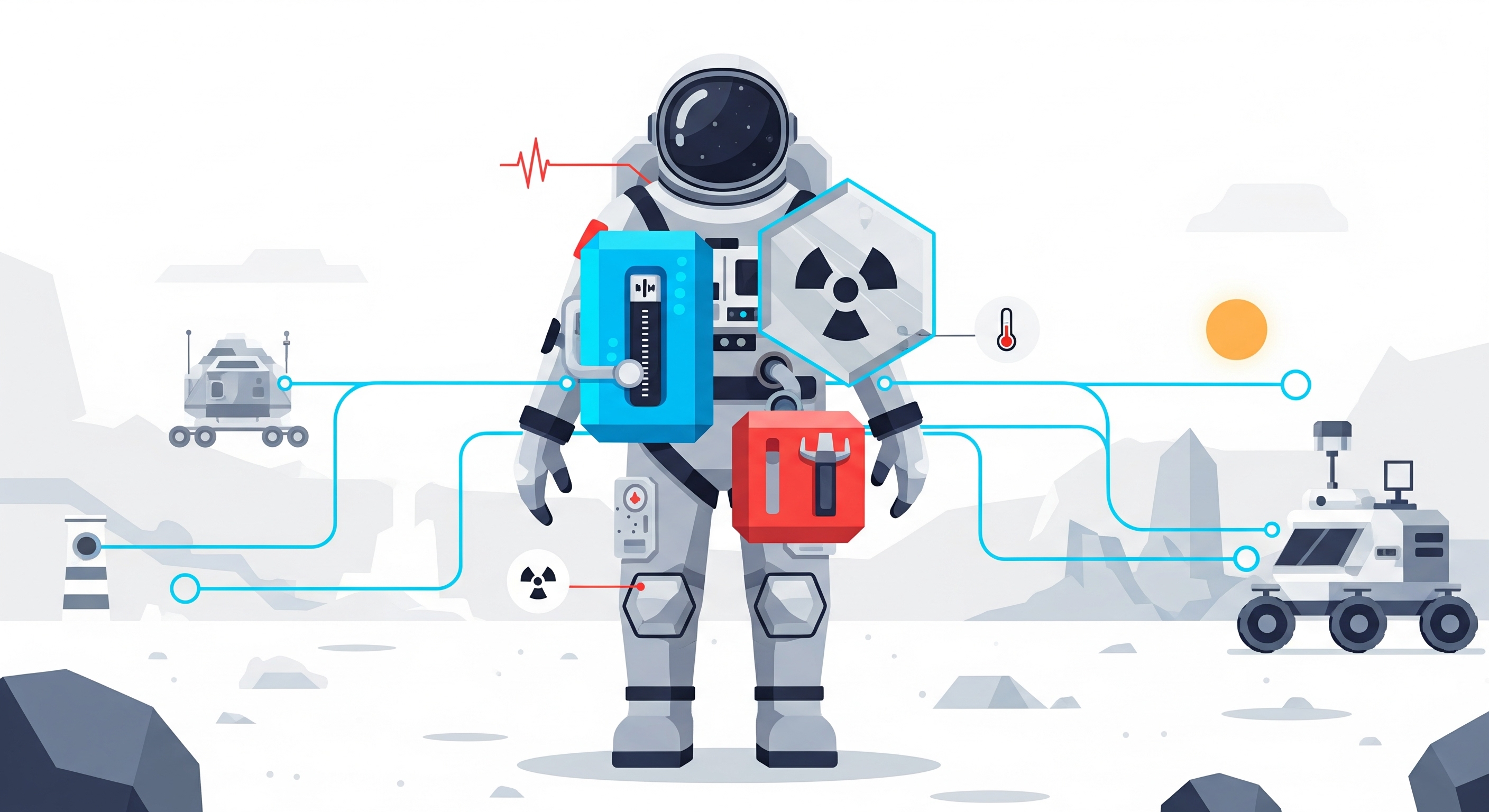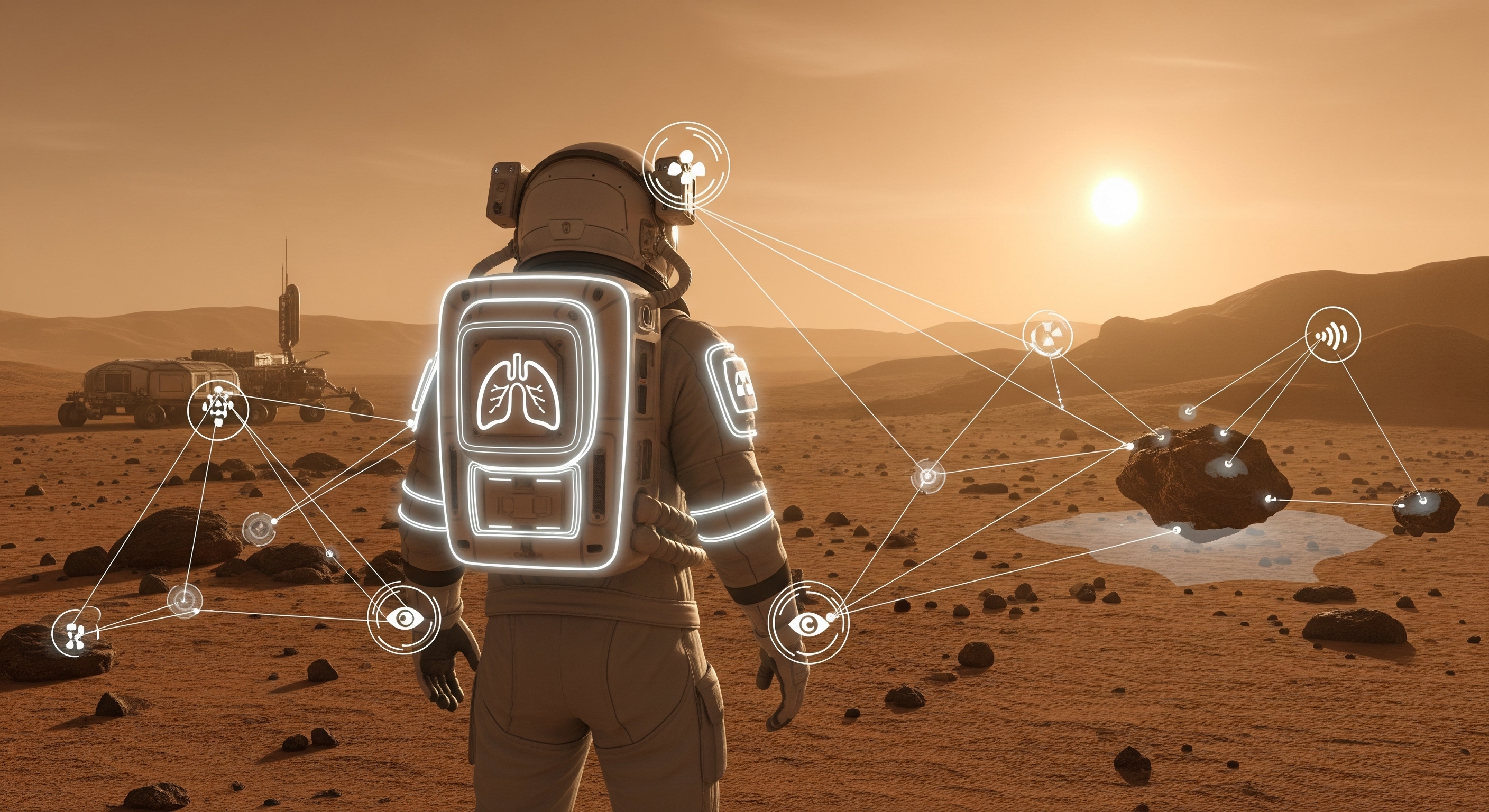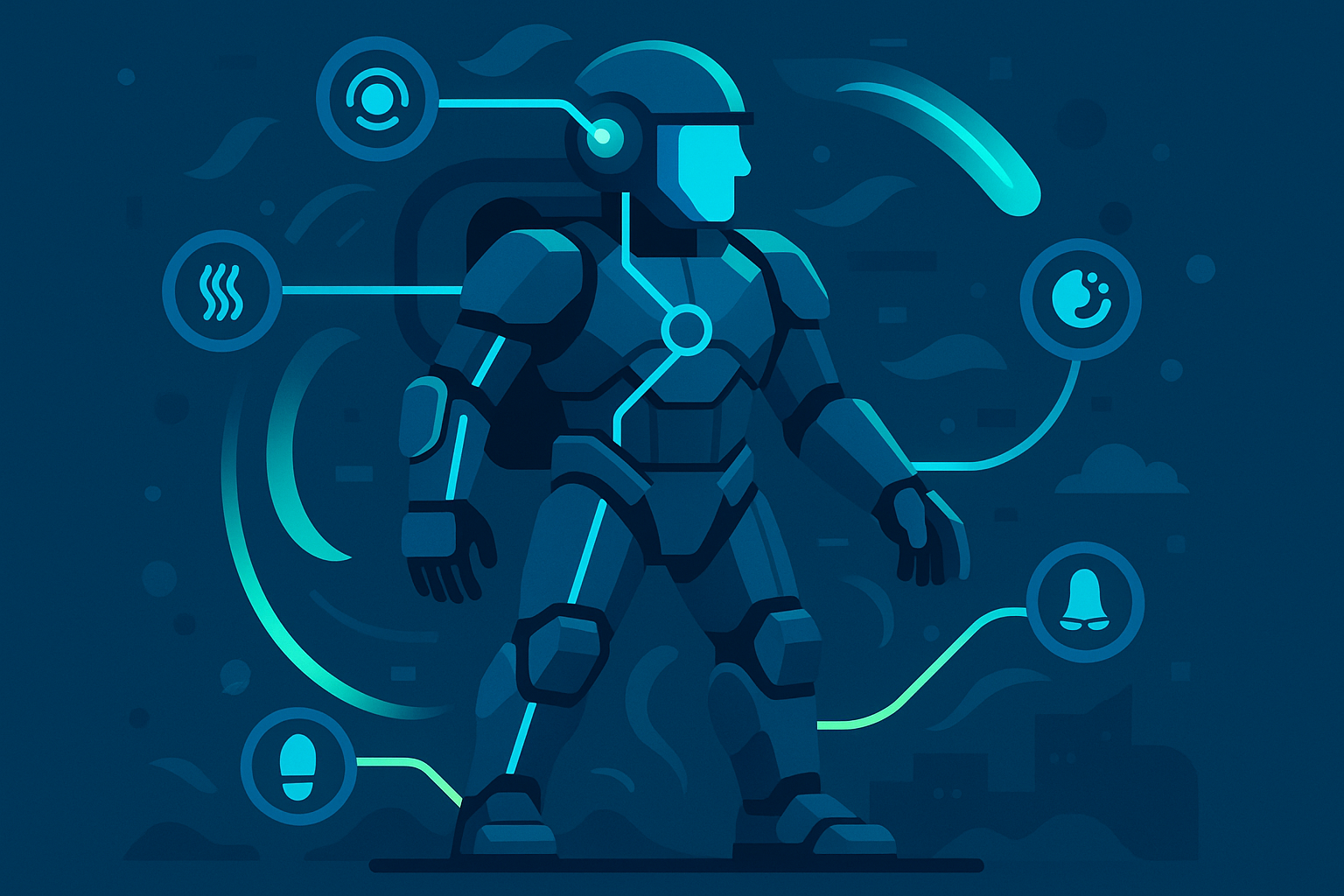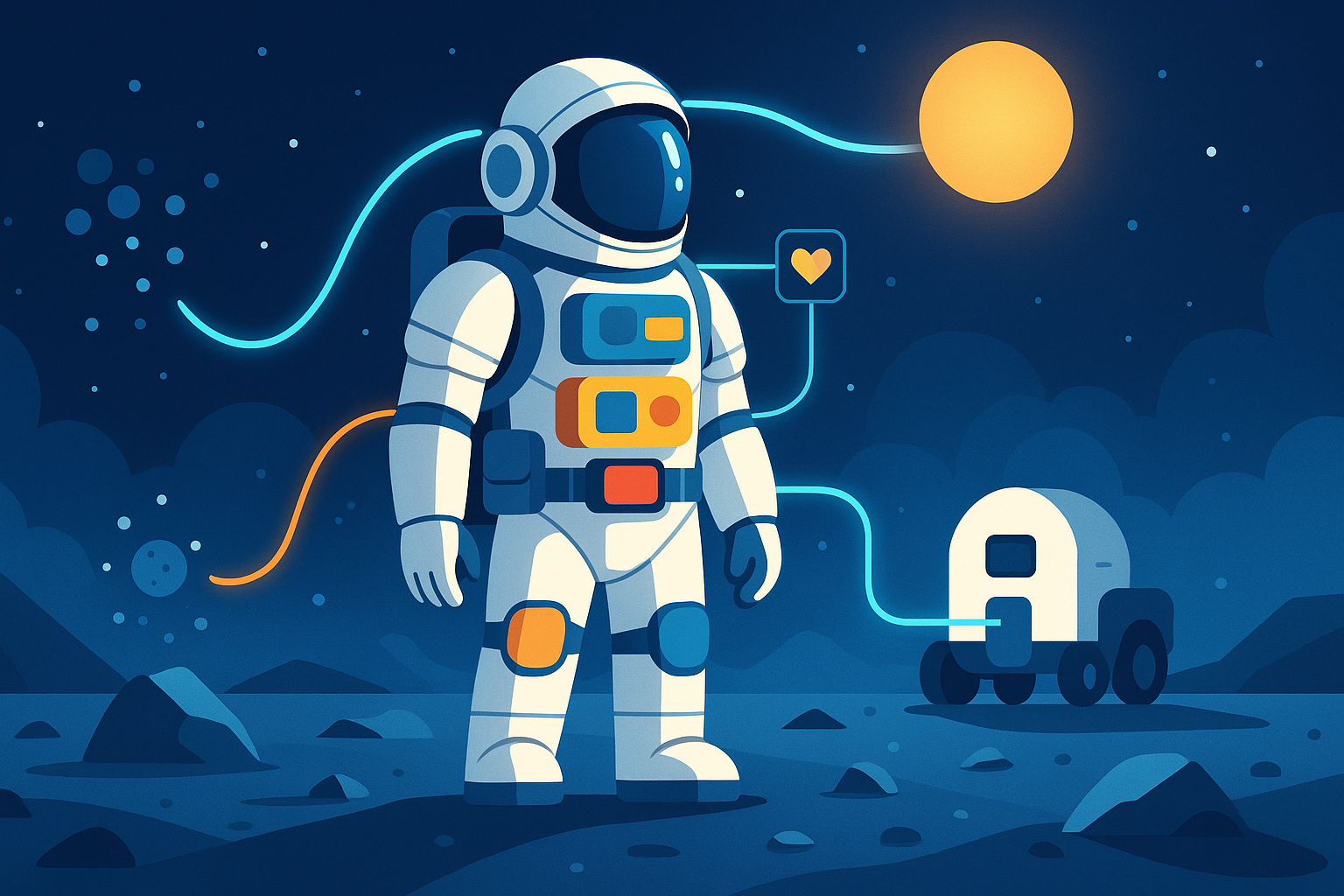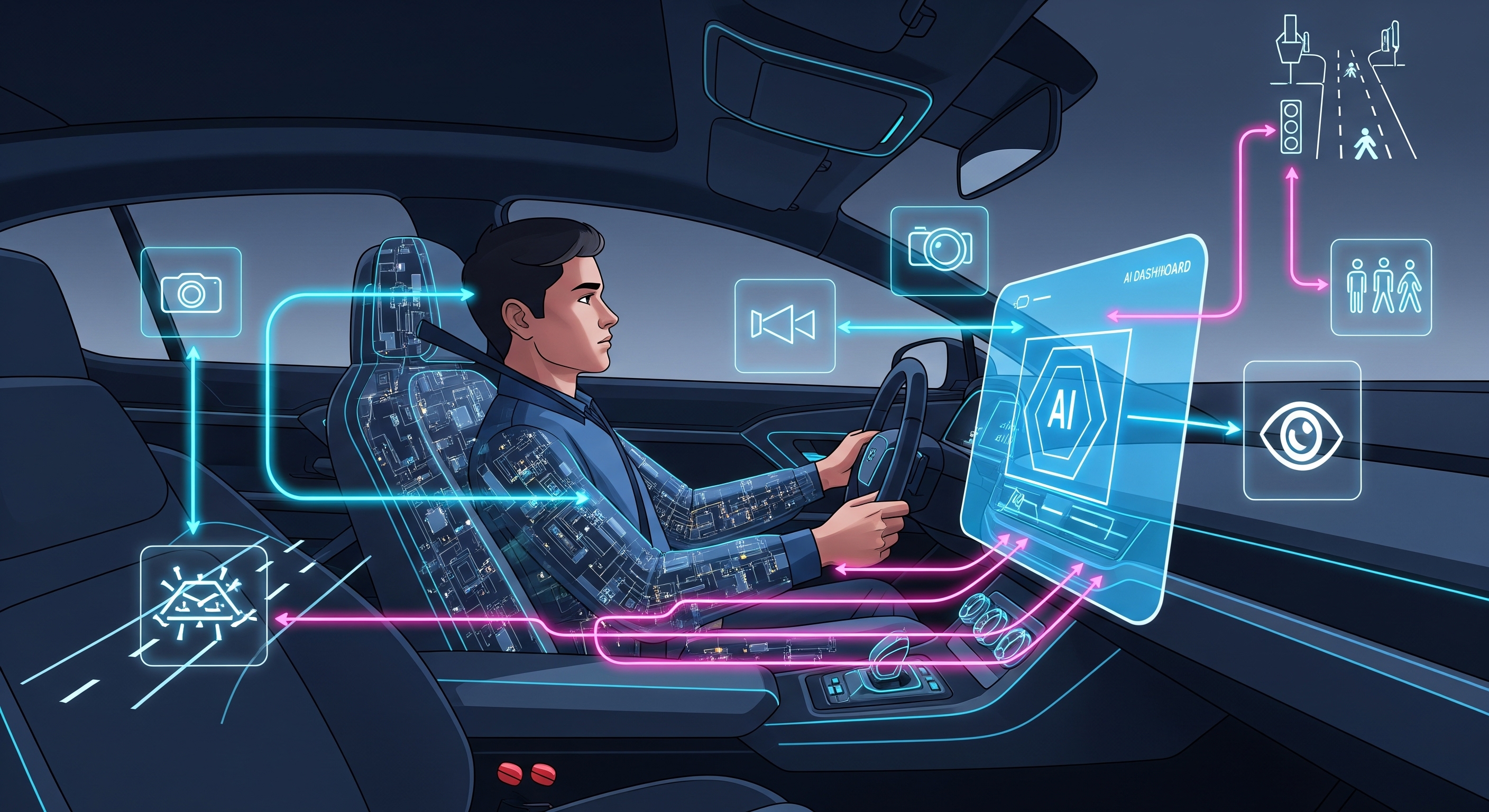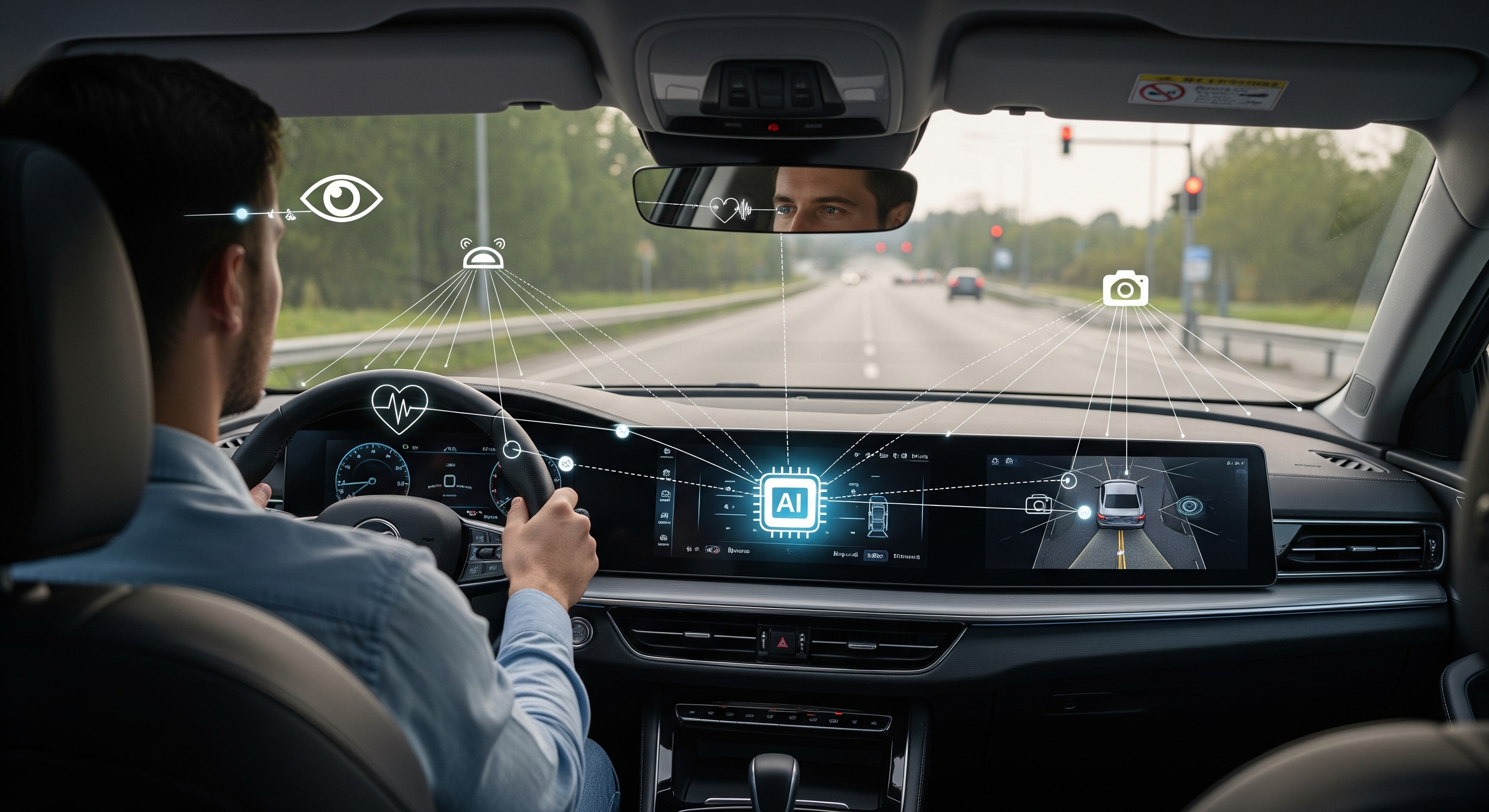The Core Idea: A Unified System
The principles explored in cognitive maritime operations—where a system perceives its environment, understands the state of its human operator, and takes or suggests actions—are not limited to ships. This core concept of a unified perception-action loop, where technology acts as an extension or a supportive layer to human capability, has profound implications across various domains. It's about creating systems that are not just tools, but intelligent partners.
This page explores potential future applications where this symbiotic relationship between humans and advanced technological systems can lead to breakthroughs in safety, efficiency, and human augmentation.
Conceptual & Mathematical Foundation
The underlying framework involves modeling the agent (human), the system (technology), and their interaction with the environment. Key aspects include sensor fusion, state estimation (for both environment and human), decision-making algorithms, and intuitive human-machine interfaces.
Conceptual Diagram: General Perception-Action Loop & Human-System Interaction Model
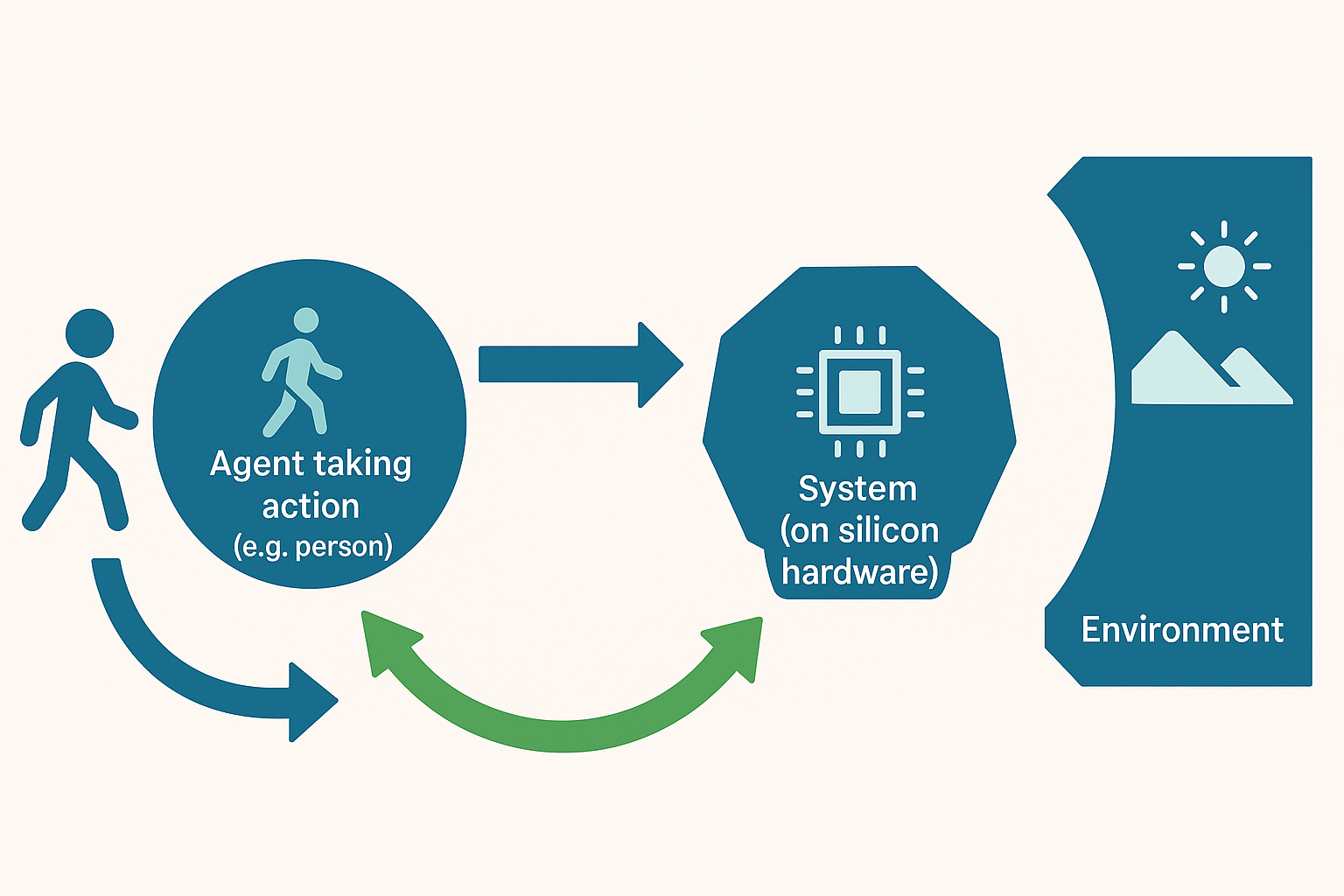
Potential Applications
Doctoral Thesis Application: Cognitive Maritime Operations
As detailed in the thesis, this involves ships with enhanced situational awareness, advanced onboard monitoring (including crew vitals), and intelligent control systems. The ship acts as a cognitive partner to the crew.
Advanced Exoskeleton
Imagine an exoskeleton that not only enhances physical strength and endurance but also perceives the wearer's intent and the immediate environment. It could assist in complex tasks, aid in rehabilitation, or provide mobility. The suit becomes a second skin, understanding and reacting to the human body's subtle cues and external forces.
Intelligent Mobility Aid
A wheelchair or personal mobility device that understands its user's needs and navigating complex environments. It could monitor the user's health, anticipate obstacles, communicate with smart infrastructure, and provide a seamless, intuitive mobility experience for individuals with disabilities.
Next-Generation Firefighter Suit
A suit equipped with sensors to monitor the firefighter's vitals, external heat, air quality, and structural integrity of buildings. It could provide augmented reality overlays with navigation paths, danger zones, and team member locations, all while managing life support and enhancing sensory input in hazardous conditions.
Advanced Astronaut EVA Suit
Future Extravehicular Activity (EVA) suits could be highly autonomous systems, monitoring astronaut health, managing life support with greater efficiency, diagnosing suit issues, and providing rich sensory feedback about the alien environment. The suit would be a miniature spacecraft, working in concert with the astronaut.
Cognitive Automotive System
Vehicles that not only drive autonomously but also understand the driver's state (attention, fatigue, stress) and the nuances of complex urban environments. The car could adapt its driving style, communication, and information display to create a safer, more intuitive, and personalized transportation experience.

